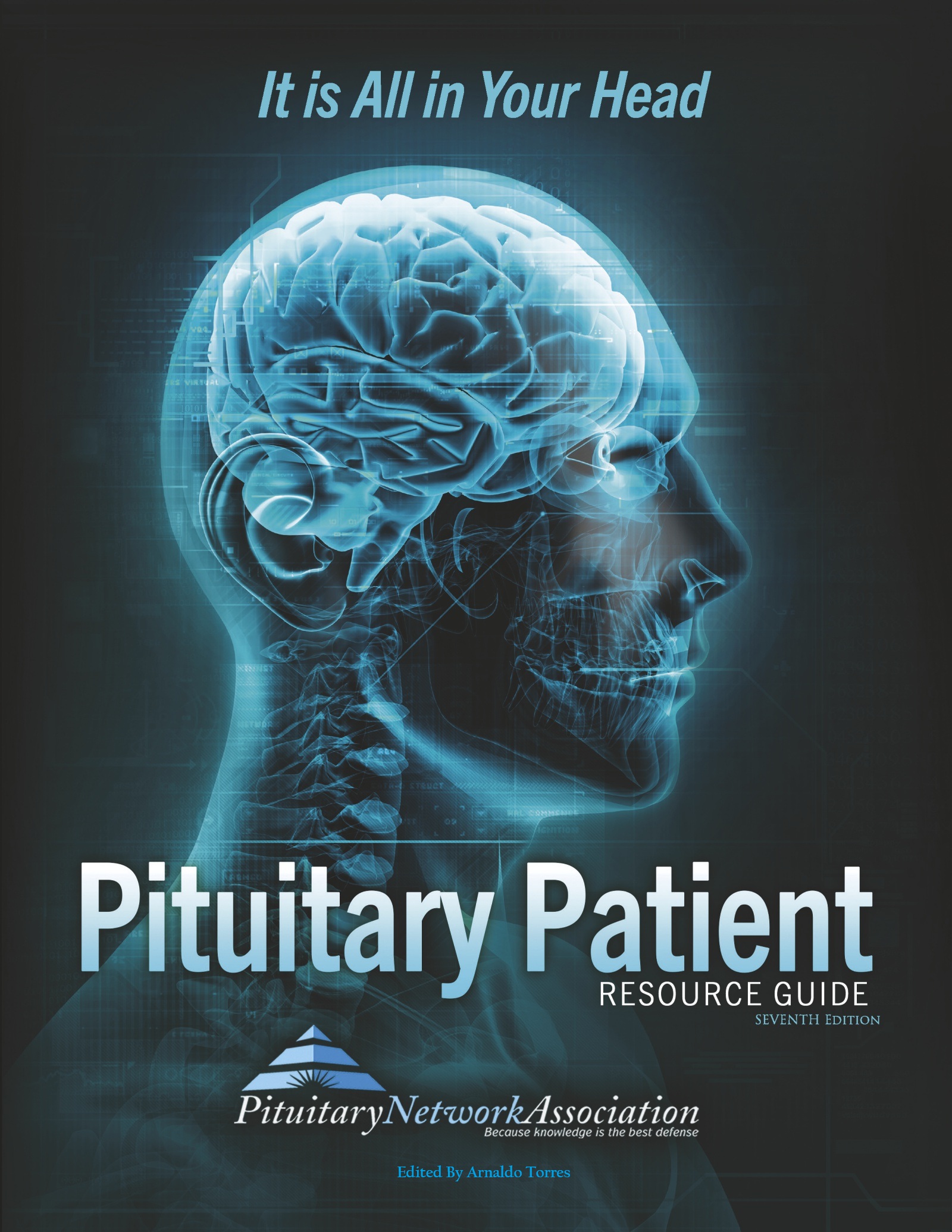Glossary Index by Letter
BMD
Bone mineral density. A measure of the amount of minerals (mostly calcium and phosphorous) contained in a certain volume of bone. Bone mineral density measurements are used to diagnose osteoporosis (a condition marked by decreased bone mass), to see how well...
BMI
Body mass index. A measure of obesity calculated from weight and height. Body mass index (BMI) is used to assess weight and determine whether a patient is at a healthy weight. Being overweight puts strain on the heart and can lead to serious health problems such as...
BMR
Basal metabolic rate. The basal metabolic rate (BMR) is the number of calories the body uses when it is at rest. The basal metabolic rate is based on basic bodily functions such as breathing, digesting, and energy used for the heart and brain function. Age, sex, body...
Bone Density
The amount of bone tissue in a certain volume of bone.The amount of bone tissue in a certain volume of bone. A measure of the amount of minerals (mostly calcium and phosphorous) contained in a certain volume of bone. Bone density measurements are used to diagnose...
Bone Density Management
Used to assess the strength and "age" of a bone by measuring its density. Most commonly determined by DEXA scan of the spine and hip. See BMD or bone mineral density.
Bromocriptine
An example of a dopamine agonist. Used to treat prolactinomas as dopamine and dopamine-like drugs suppress prolactin production and secretion and can lead to tumor shrinkage.
Calcification
The strengthening and hardening of a bone in areas where calcium has been deposited. Nearly all calcium entering the body is deposited in bones and teeth. The remaining calcium is dissolved in the blood. When a disorder affects the balance between calcium and other...
CAMP
Cyclic adenosine monophosphate. The adrenal gland produces a hormone called epinephrine, which travels to the body's cells and causes an increase in blood sugar. The sugar gives the body energy to react to stressful situations. Cyclic adenosine monophosphate (cAMP),...
Cancer
General term frequently used to indicate any of various types of malignant neoplasms. Most cancers invade surrounding tissues, may metastasize to several sites, and are likely to recur after attempted removal and to cause death of the patient unless adequately...
Carcinoma
A malignant tumor that arises from epithelium found in skin or, more commonly, the lining of body organs Carcinomas can be found in the breast, prostate, lung, stomach or bowel. Carcinomas tend to infiltrate into adjacent tissue and spread (metastasize) to distant...
Carotid Artery
The artieries which carry blood up through the neck, eventually supplying the brain with its major blood supply. Carotid artery: Either of the two key arteries located in the front of the neck, through which blood from the heart goes to the brain. The right and left...
Catheter
A tubular instrument to allow passage of fluid from or into a body cavity. Tubular device inserted into a duct, blood vessel, hollow organ, or body cavity for injecting or withdrawing fluids. Examples of use; heart or urinary catheterization. Catheterization is also...
Cavernous Sinus
Area adjacent to the sphenoid sinus containing several vital nerves and blood vessels. A large channel of venous blood creating a "sinus" cavity bordered by the sphenoid bone and the temporal bone of the skull. The cavernous sinus is an important structure because of...
Cell
The basic living unit of body tissue. It contains a nucleus surrounded by cytoplasm and is enclosed by a membrane. Minute protoplasmic masses that make up organized tissue, consisting of a nucleus which is surrounded by protoplasm which contains the various organelles...
Central Nervous System (CNS)
Pertaining to the brain, cranial nerves and spinal cord. It does not include muscles or peripheral nerves. The central nervous system (CNS) is made up of the spinal cord and brain. The brain receives nerve impulses from the spinal cord and cranial nerves. The spinal...
Cerebral
Referring to the cerebrum. Of or relating to the brain or the intellect.
Cerebrospinal Fluid (CSF)
The clear fluid made in the ventricular cavities of the brain that bathes the brain and spinal cord. It circulates through the ventricles and the subarachnoid space. The fluid that flows in and around the hollow spaces of the brain and spinal cord, and between two of...
Cerebrum
The largest area of the brain, the cerebrum occupies the uppermost part of the skull. It consists of two halves called hemispheres. Each half of the cerebrum is further divided into four lobes: frontal, temporal, parietal and occipital. The forebrain is the largest...
Chemotherapy
Treatment of disease by means of chemical substances or drugs; usually used in reference to neoplastic (cancer) disease. Chemotherapy is a body-wide (systemic) treatment the use of drugs to kill bacteria, viruses, fungi, and cancer cells; administered by mouth or...
Circumscribed
Having a border, localized. Often associated with a capsule and benign tumors of the brain. For example, meningiomas, pituitary adenomas and acoustic neuromas. See diffuse.






